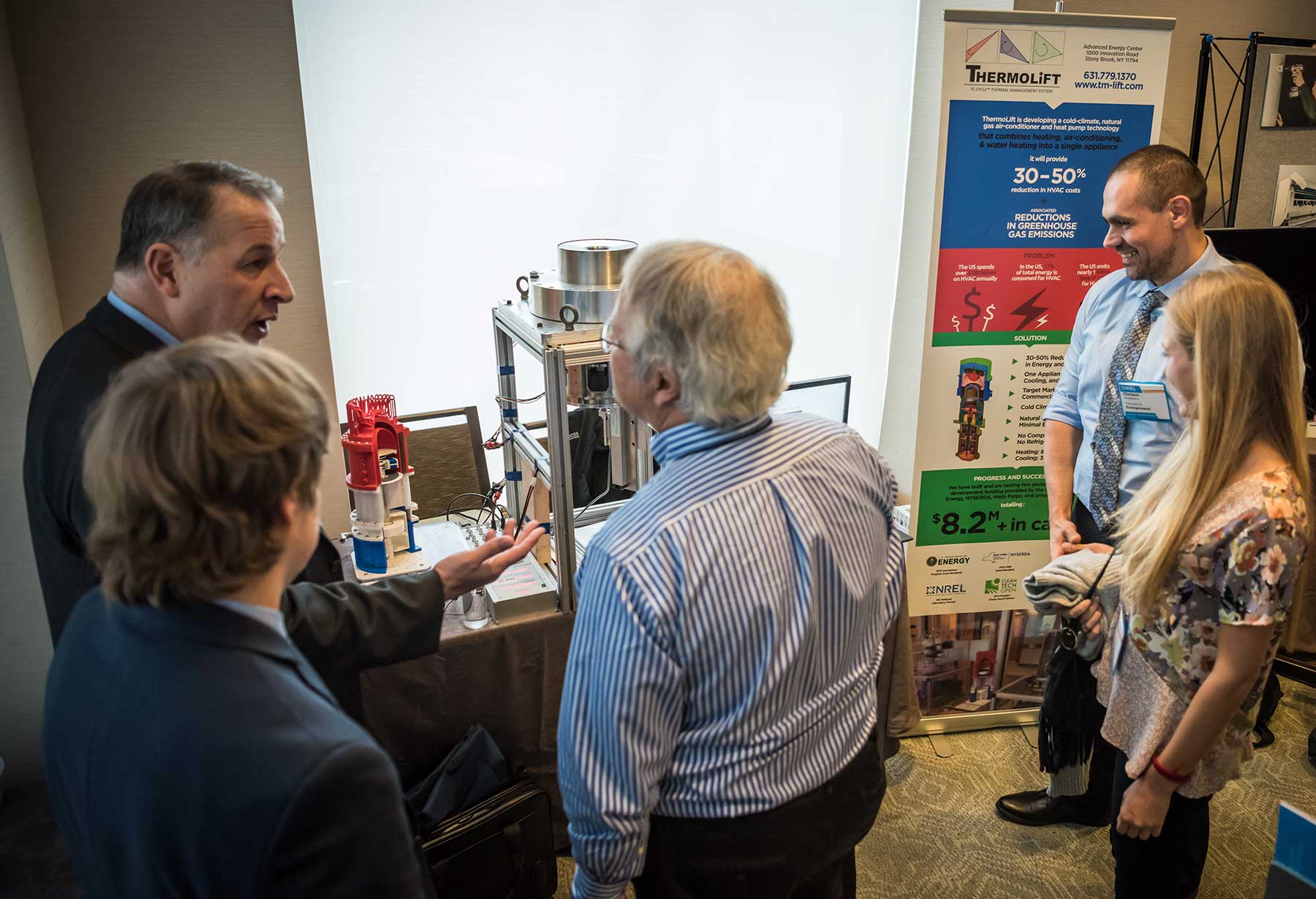Explore our collection of new stories for this topic.
Search or filter for a specific story using the options below.
November 2016
NREL Names Zia Abdullah as New Laboratory Program Manager for Biomass Program
Zia Abdullah joined the National Renewable Energy Laboratory (NREL) October 31 as laboratory program manager for NREL’s Bioenergy Technologies Office (BETO) program. Abdullah is an engineer with extensive experience and accomplishments in thermochemically and biochemically converting biomass to fuels and chemicals.
News Release: NREL Technologies Honored at R&D 100 Awards Ceremony
The Energy Department's National Renewable Energy Laboratory (NREL) last night received three R&D 100 Awards, an honor presented by R&D Magazine and considered to be the Oscars of innovation.
Forest Service Turns to NREL for Help Fighting Fires More Sustainably
The forest was on fire, but Alicen Kandt didn't see what she had expected.
NREL Issued Patent for Award-Winning Isothermal Battery Calorimeters
The National Renewable Energy Laboratory (NREL) was recently issued a patent for its R&D 100 Award-winning Isothermal Battery Calorimeters (IBCs). The multi-size IBCs were developed by energy storage engineers at NREL’s Transportation and Hydrogen Systems Center and licensed by NETZSCH North America for commercialization. NREL’s IBCs, developed with funding from the U.S. Department of Energy’s Vehicle Technologies Office, are distinguished for their ability to perform precise thermal measurements needed to make safer, longer-lasting, and more cost-effective lithium-ion batteries for vehicles.
October 2016
News Release: NREL Researchers Discover How a Bacterium, Clostridium thermocellum, Utilizes both CO² and Cellulose to Make Biofuels
Scientists at the U.S. Department of Energy’s National Renewable Energy Laboratory (NREL) made the surprise discovery that a metabolic pathway to take up CO2 exists and functions in a microorganism capable of breaking down and fermenting cellulosic biomass to produce biofuels including hydrogen and hydrocarbons.
NREL Innovation Showcase Helps Move Start-ups Closer to Market
Through several programs at numerous Department of Energy (DOE) National Labs, researchers are working with clean technology entrepreneurs on the innovative technologies that will shape our nation's clean energy future; but this type of big thinking extends far beyond the research lab.
News Release: NREL to Lead New Consortium to Develop Advanced Water Splitting Materials for Hydrogen Production
The Energy Department's National Renewable Energy Laboratory (NREL) has formed a new consortium with five other national labs intended to accelerate the development of commercially viable pathways for hydrogen production from renewable energy sources. The consortium, named HydroGEN Advanced Water Splitting Materials Consortium (HydroGEN), also includes Sandia National Laboratories, Lawrence Berkeley National Laboratory, Idaho National Laboratory, Lawrence Livermore National Laboratory, and Savannah River National Laboratory.
IEEE Spectrum: Can Smarter Solar Inverters Save the Grid?
NREL’s Ben Kroposki writes about how smart solar inverters and a new technique called virtual oscillator control can help stabilize the power grid in a new article.
NREL Pilot Facility Co-Produces Bio-Derived Fuel Intermediates with Petroleum Refinery Infrastructure
The National Renewable Energy Laboratory, in collaboration with partners, recently built a unique pilot-scale facility that can co-produce biomass-derived fuel intermediates with existing petroleum refinery infrastructure. The plant combines biomass pyrolysis with fluid catalytic cracking to demonstrate the potential to co-process biomass-derived streams with petroleum at an industrially relevant pilot scale.
Share
Last Updated May 5, 2025


